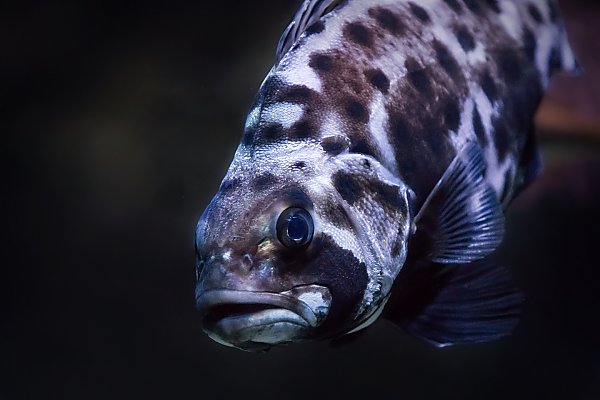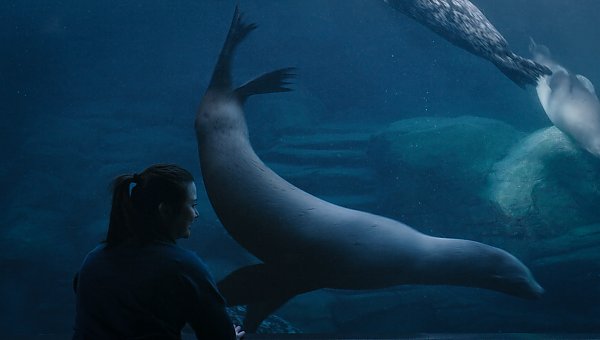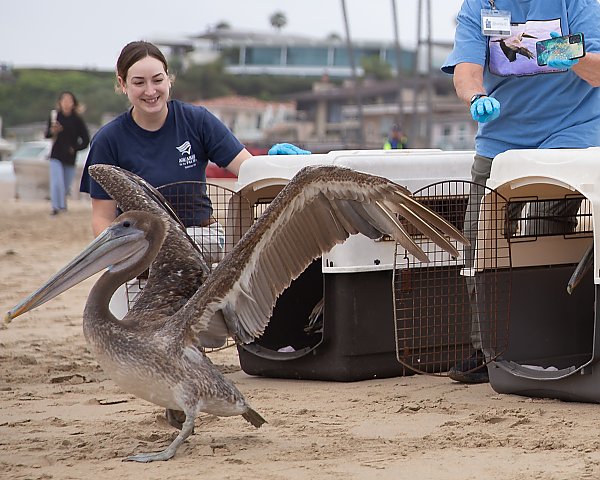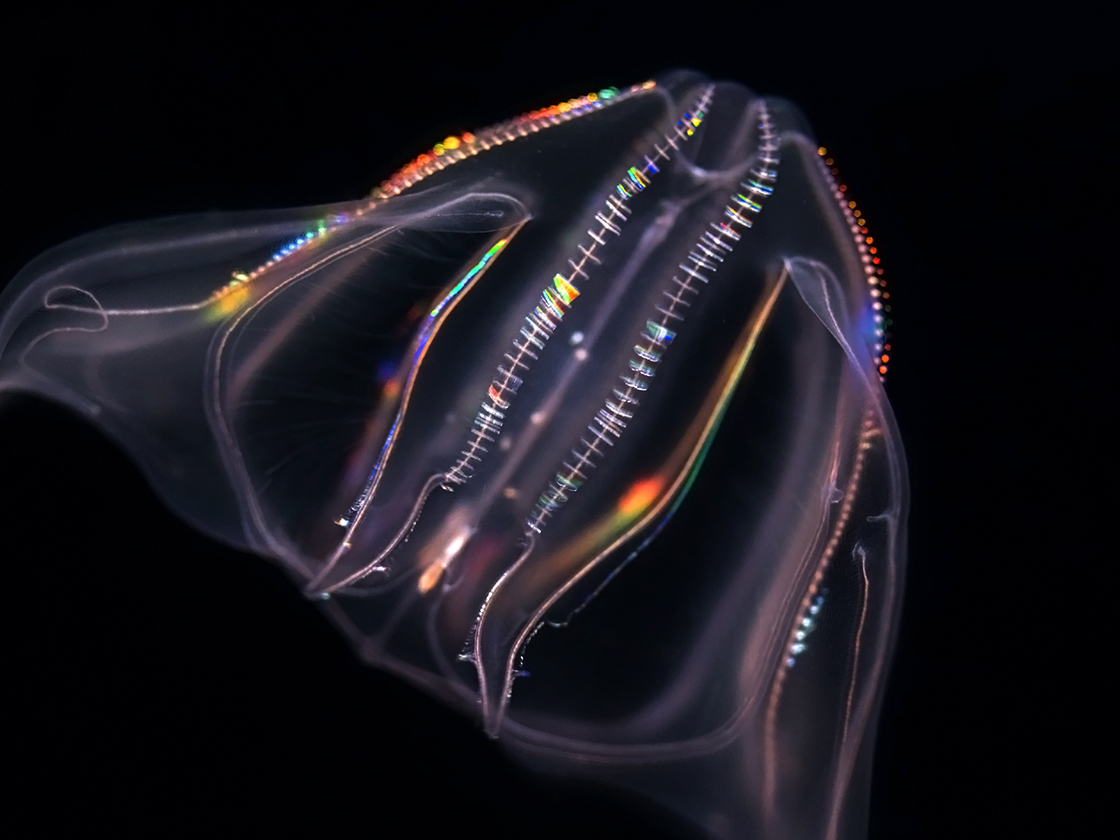Charting the Next Five Years for the Endangered White Abalone
White Abalone Outplanting Workshop co-hosted by the Aquarium of the Pacific celebrated accomplishments and strategized the conservation efforts for the next five years.
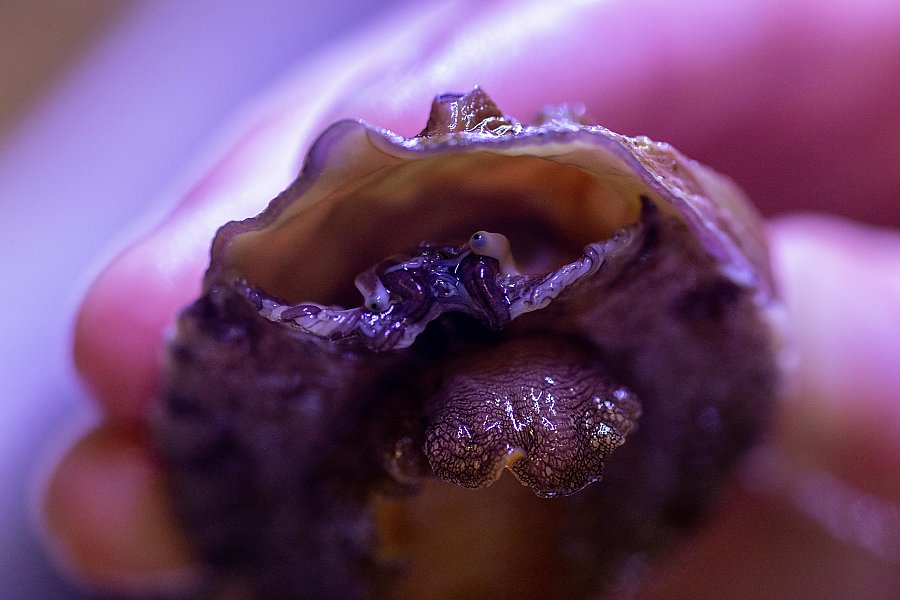
Credit: Aquarium of the Pacific/Andrew Reistma
March 29, 2024
On March 14 and 15, 2024, the Aquarium of the Pacific and the National Oceanic and Atmospheric Association (NOAA) welcomed 40 partners across 20 different organizations to a two-day White Abalone Outplanting Workshop. All the participants have been deeply involved in the conservation and recovery efforts of the endangered white abalone. The workshop was to not only celebrate the accomplishments made in the recovery of white abalone, but also discuss and envision the trajectory for white abalone conservation and recovery efforts in the next five years.
The first day was spent sharing the progress made with white abalone conservation. The second day was a series of collaborative sessions, where the participants formed breakout groups to strategize the efforts for the next five years. This is the second workshop of its kind; the first was roughly six years ago in 2018.
“2023 marked one of our most successful white abalone outplant seasons to date, with an impressive release of 2,000 juvenile white abalone into the wild. Since the inception of this program, we’ve successfully released over 14,000 abalone, highlighting the positive impact of our initiatives.” – Johnathan Casey, Aquarium of the Pacific’s curator of fish and invertebrates.
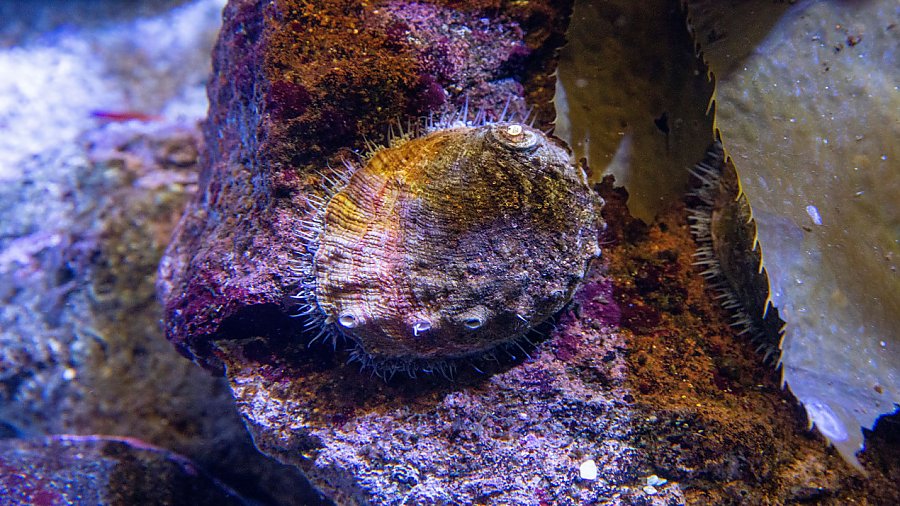
Credit: Aquarium of the Pacific/Andrew Reistma
White abalone (Haliotis sorenseni) were once abundant in Southern California’s kelp forests. They were collected as food and their shells were used as tools and for jewelry. Unfortunately, commercial fishing in the 1970s decimated the population. White abalone have been protected from fishing since 1997, and in 2001, they were the first marine invertebrate to gain protection under the Endangered Species Act.
White abalone reproduce by spawning, which means they release their tiny eggs and sperm into ocean waters where they drift until they meet and the egg is fertilized. Currently, there are not enough white abalone in the ocean for the tiny eggs and sperm to meet causing their population to decline. NOAA recognized the need to step in to create a captive breeding and release program. It all started as a collection of 20 abalone from the wild and turned into a partnership of scientists and educators from over a dozen government agencies, universities, and aquariums. The Aquarium of the Pacific is an early partner of the White Abalone Recovery Program.


